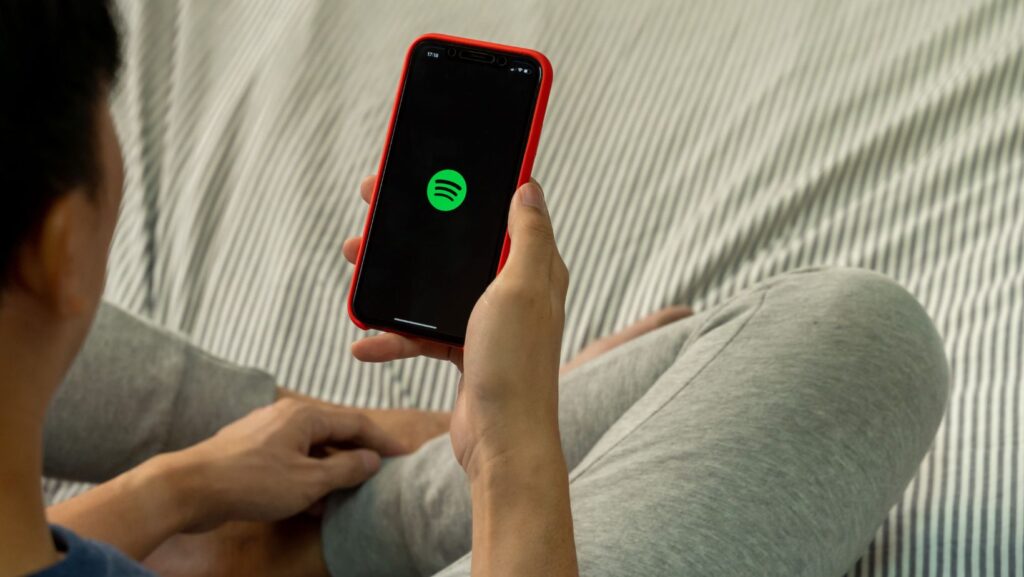Getting past the sound takes more than skill – it needs a plan. Lots of new makers have good tunes but no guide. With the right way of working and tools like Artist Push, you can kickstart reach and change one song into true growth. This 30-day start ͏plan shows how to make visibility on YouTube, Spotify, and TikTok using clever testing creative consistency and cheap promotion
Week 1: Shape the Idea and Prep the Assets
Before you launch, get your creative tools in order. Start with the song’s story – what emotion or moment does it capture? That idea will guide all visuals, titles, and captions. Then, prepare your core assets.
- Begin with your sound master – a neat, top-quality last version saved in both WAV and MP3 forms.
- Next, make cover art that is nice to look at and stays easy to read even when small; things like Canva or Figma do a great job for this.
- Make a quick video clip, about ten seconds long, showing your song’s best chorus moment – this is good for TikTok and YouTube Shorts.
- At last, make sure you write your description in a steady tone on all sites. Don’t forget to add good hashtags and link to your streaming page.
Pro Tip: Focus on one strong chorus or hook — it will serve as the anchor for every post and ad variation.
Week 2: Go Live on Spotify and Build Anticipation
Upload your track to Spotify via a distributor (e.g., DistroKid or TuneCore). Set the release date 7–10 days ahead, giving time to collect pre-saves. You can create simple graphics and teaser videos that link to the pre-save page.

Use Artist Push campaigns to boost early reach among listeners in your genre and region. Even a €50–€100 test can drive meaningful traction.
Checklist for Spotify week:
- Upload track and metadata.
- Add Canvas (looping visual).
- Create a pre-save landing page.
- Share teasers on TikTok and YouTube Shorts.
- Monitor early Shazam or save signals.
When release day arrives, post links everywhere – bio, comments, video captions. Keep messaging consistent: one song, one message, one link.
Week 3: Launch YouTube + TikTok Versions
Turn your hook into multiple clips:
- A YouTube video (official audio or visualizer).
- A YouTube Shorts clip with words or a live bit.
- A TikTok video showing a response, move, or look behind the scenes.
Posting formula:
- Monday – 15-sec teaser.
- Wednesday – hook performance or duet trend.
- Friday – fan repost or challenge clip.
Try out titles and images. A bright color and a word like “new indie drop” may make click-throughs go up. Kee͏p starts under 5 seconds, to stop drop offs.
Start with TikTok Ads, allocating around €50 to reach approximately 5,000–10,000 targeted views and test engagement.
Use YouTube Ads with a €75 budget to increase your Shorts’ click-through rate and attract more active viewers.
Lastly, invest €25 in Spotify Marquee to promote your track directly to new potential listeners within the app.
Watch what performs. If your TikTok loop gains 15%+ rewatch rate, reinvest there. Let data lead, not guesses.
Week 4: Iterate, Scale, and Stay Consistent
Now you’ve got early data. Check watch time, playlist adds, and repeat listener percentage. These tell you what connects emotionally. Expand what’s working – maybe a remix, duet, or acoustic version.
Stay away from false traffic at all costs. It messes up data and harms the trust of the algorithm. Instead focus on clear c͏reative.
- 10-second strong hook;
- Clear visuals and consistent lighting;
- Authentic storytelling or reaction.

Keep putting up at least one piece of stuff each week; even if it’s a live clip or answers back. Each post helps an algorithm know your voice and group.
Final Takeaway
Seeing is from beat – not buzz. With a clear month plan and places like Artist Push, new creators can change one tune into a small, steady flow. Begin easy, check your numbers, keep at it, and don’t forget: speed grows quicker when you send out, try, learn again.


More Stories
From NFTs to SFTs: Exploring the Next Evolution of Digital Tokens
Play Privately and Securely: Most Anonymous Casinos of 2025
Bitclassic Applewhite: The Fruit You Didn’t Know You Needed